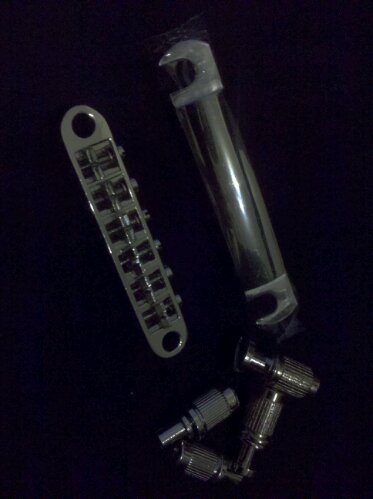Gibson SG’s generally have a solid mahogany body and neck, so it seemed logical to use mahogany for the SU’s body as well. The trouble is, mahogany is expensive stuff. At the time I am writing this, a electric guitar blank in mahogany turns in at around £60. Yikes.
I was lucky, as a kind gent on my luthier course had some ‘scrap’ mahogany that he gifted me (thanks Tony). It came as a single plank, and it had a few holes in it. The ends even had some broken screws in them, but with some careful selection cuts and joins, these bits will all end up in the waste bin. As I had already drawn up plans, I knew the dimensions and which areas I could afford to have the waste holes in.
I sawed the plank into three parts, which my instructor, Mike, took away to machine plane for me, as we don’t have access to machinery at the college. A week later, the 3 flat pieces where back with me and I proceeded to glue them together and clamp them up tight. The clamps are known as Bar Clamps, and they helped pull the three pieces of wood together. I had some cheap metal scrappers that I picked up in a discount pound shop that I used to remove the excess glue that seeped out.


Next time, I will show you how the ‘body’ looked after I removed from the clamps, and go through what happened next.
























